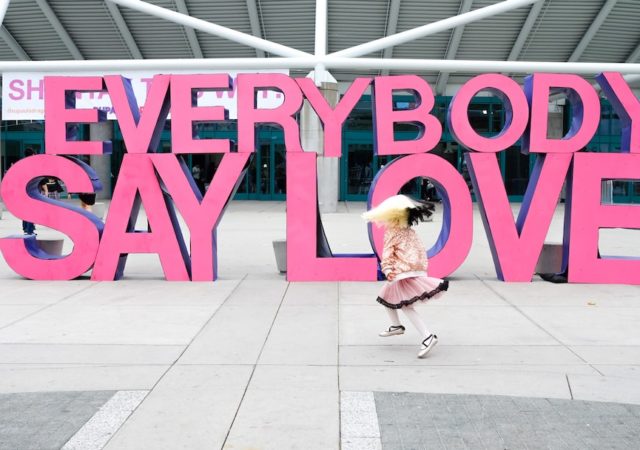Introduction
The LGBTQIA+ acronym stands for Lesbian, Gay, Bisexual, Transgender, Queer/Questioning, Intersex, and Asexual/Agender. With the emphasis on inclusivity, it is important to discuss the intersection of race and sexual orientation within this community. This particular aspect of identity is often overlooked, but it affects the lives of many individuals in the LGBTQIA+ community. The purpose of this article is to explore the intersection of race and sexual orientation in the LGBTQIA+ community, its historical context, current issues, and actionable steps towards intersectional equality.
Understanding Identities
Sexual orientation refers to an individual’s emotional, romantic, and/or sexual attraction towards others. Race, on the other hand, refers to a person’s physical characteristics like skin color, ethnicity, and nationality. These identities are often intertwined, and intersectionality recognizes that an individual’s experiences are shaped by various aspects of their identity. It is important to understand intersectionality because it allows us to see the complex nature of oppression and how it affects different groups.
Historical Context
The Stonewall Riots of 1969 were a turning point for the LGBTQIA+ community, sparking the modern gay rights movement. However, it is important to note that the Stonewall Inn was a bar frequented by people of color and transgender individuals. The activism and political movements that followed Stonewall largely centered around white, cisgender gay men, leading to the erasure of the contributions of people of color and transgender individuals. It is only in recent years that the intersection of race and sexual orientation has been recognized and addressed in the LGBTQIA+ community.
Current Issues
Systemic prejudice affects individuals in the LGBTQIA+ community who belong to marginalized racial groups. Racial identity affects access to housing, employment opportunities, and healthcare. Additionally, hate crimes and violence disproportionately affect people of color in the LGBTQIA+ community. Intersectionality also affects politics and legislation, as policies that impact the LGBTQIA+ community may have different implications for individuals of different racial identities.
Moving Forward, Actionable Steps
There are several ways to support intersectional LGBTQIA+ communities. One way is to actively seek out and elevate the voices of people of color and transgender individuals within the LGBTQIA+ movement. Acknowledging privilege and the ways in which our individual identities shape our experiences is another important step towards intersectional equality. It is also important to advocate for policies that benefit all members of the community, regardless of their racial identity.
Conclusion
In conclusion, intersectionality is a crucial aspect of identity that affects individuals within the LGBTQIA+ community. It is important to acknowledge the historical context that led to erasure of racial identities within the movement, and to address current issues like systemic prejudice and hate crimes. Moving forward, actionable steps towards intersectional equality include elevating the voices of marginalized individuals, acknowledging privilege, and advocating for policies that benefit all members of the community. By taking these steps, we can work towards creating a more just and equitable society for all individuals.





